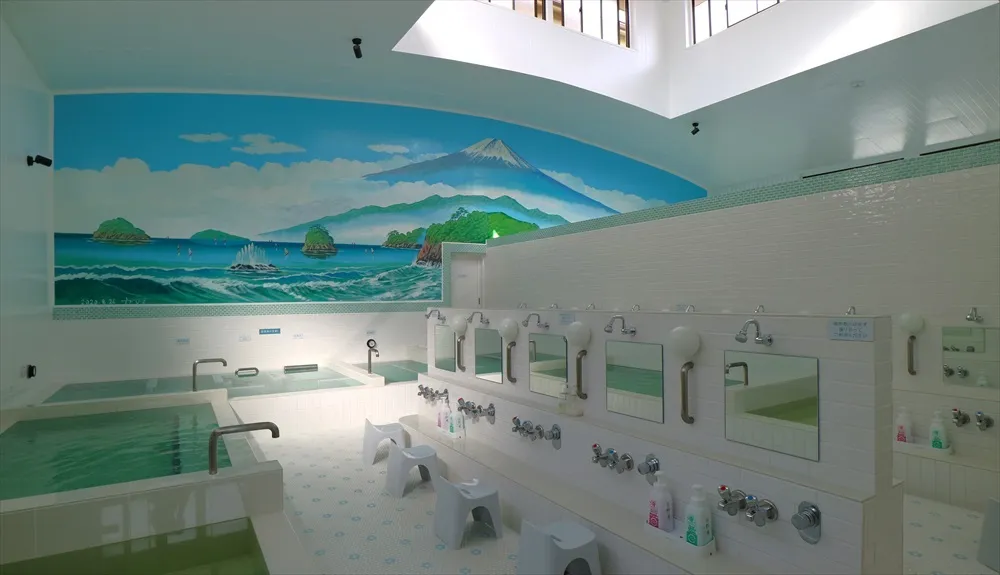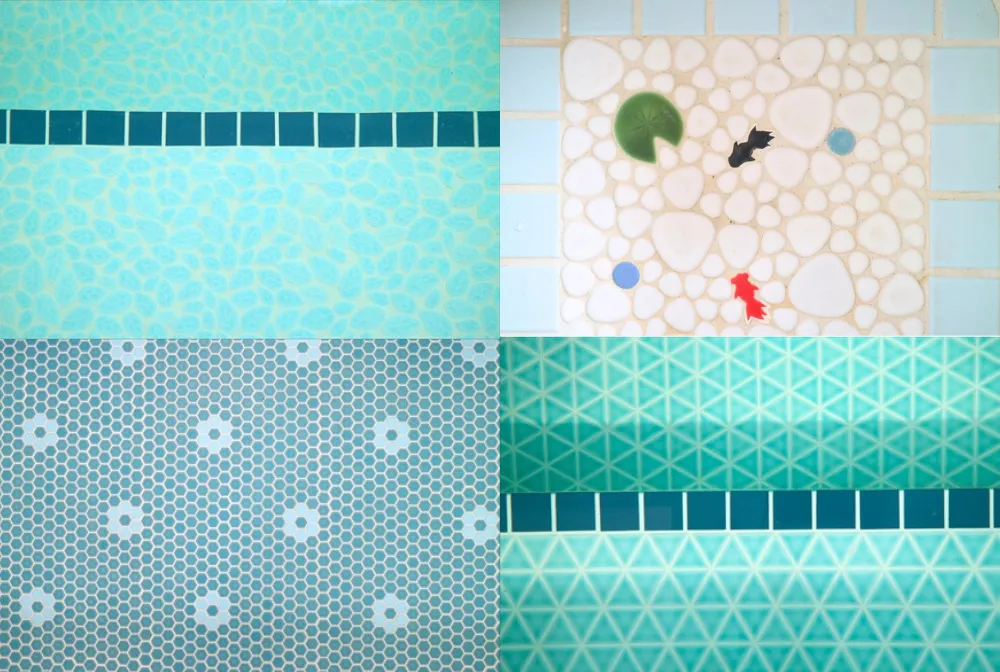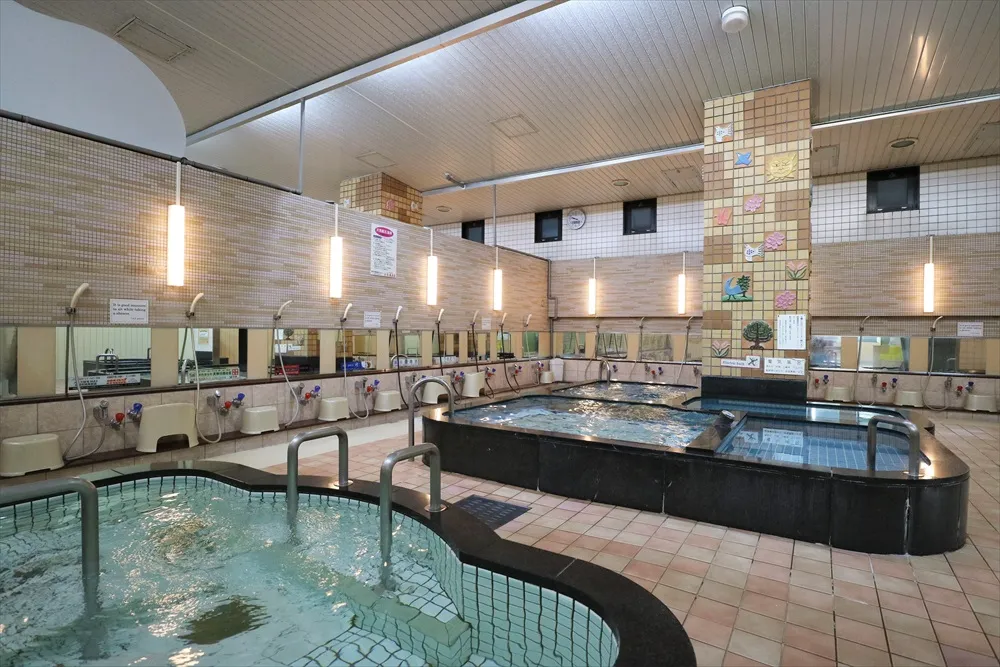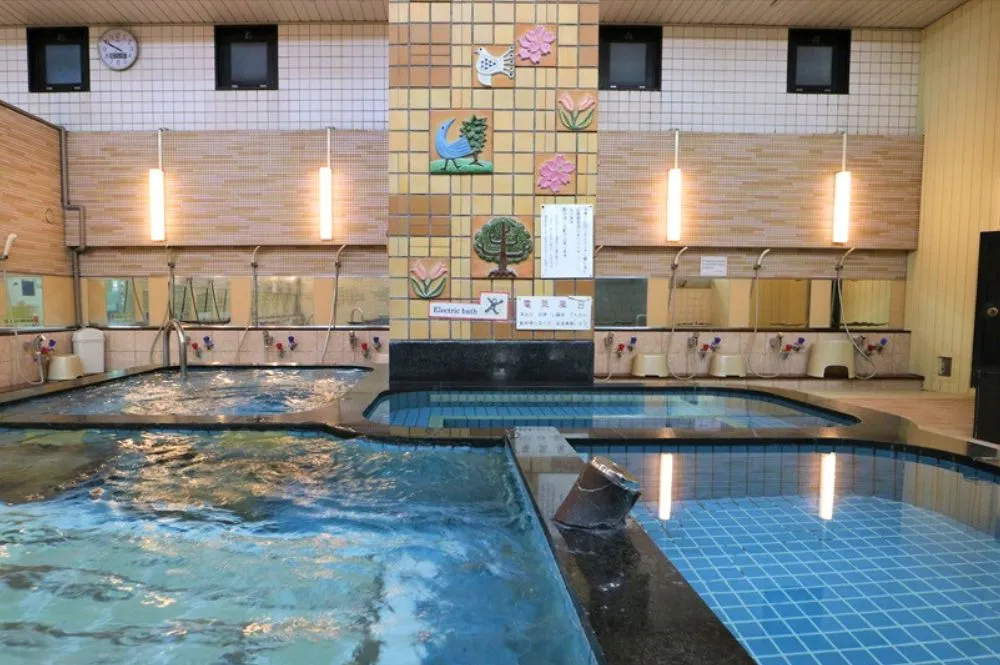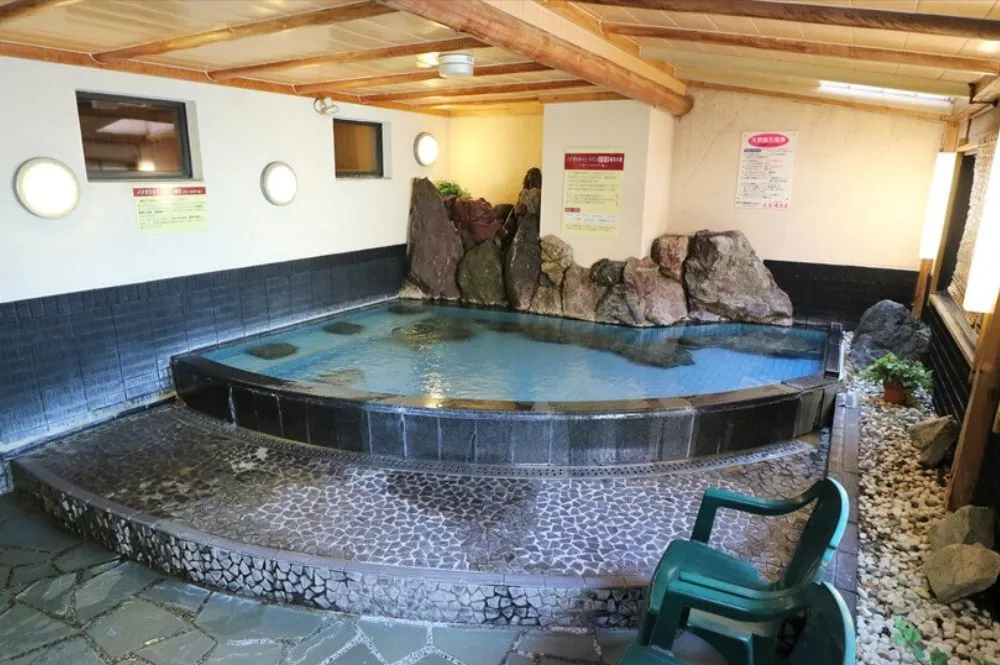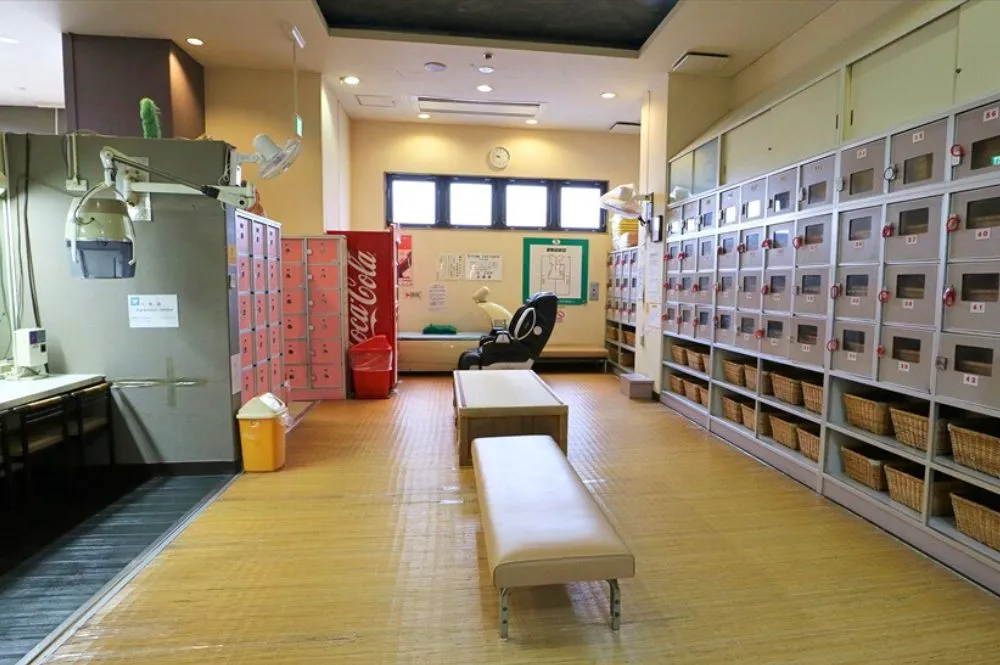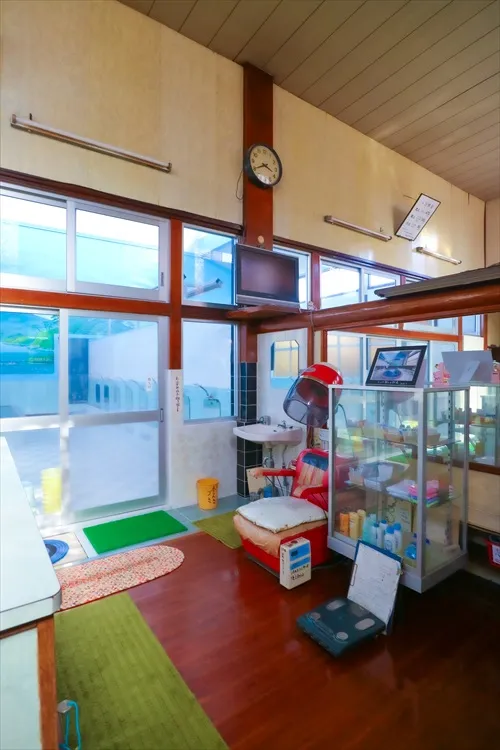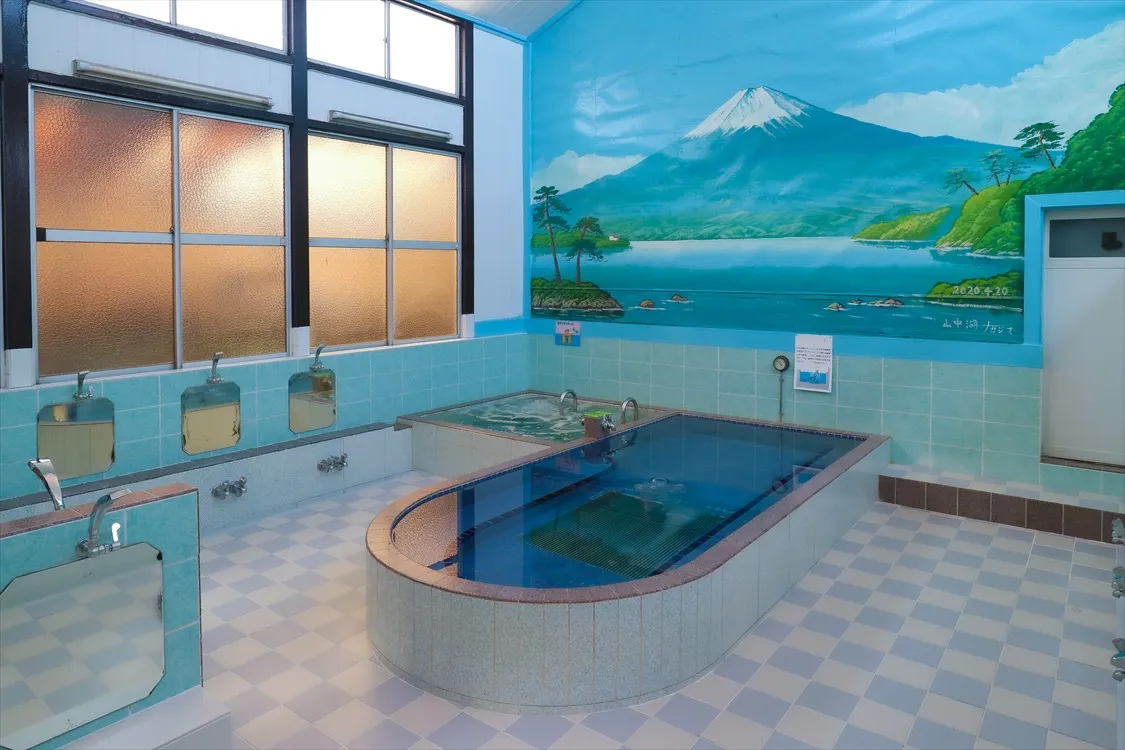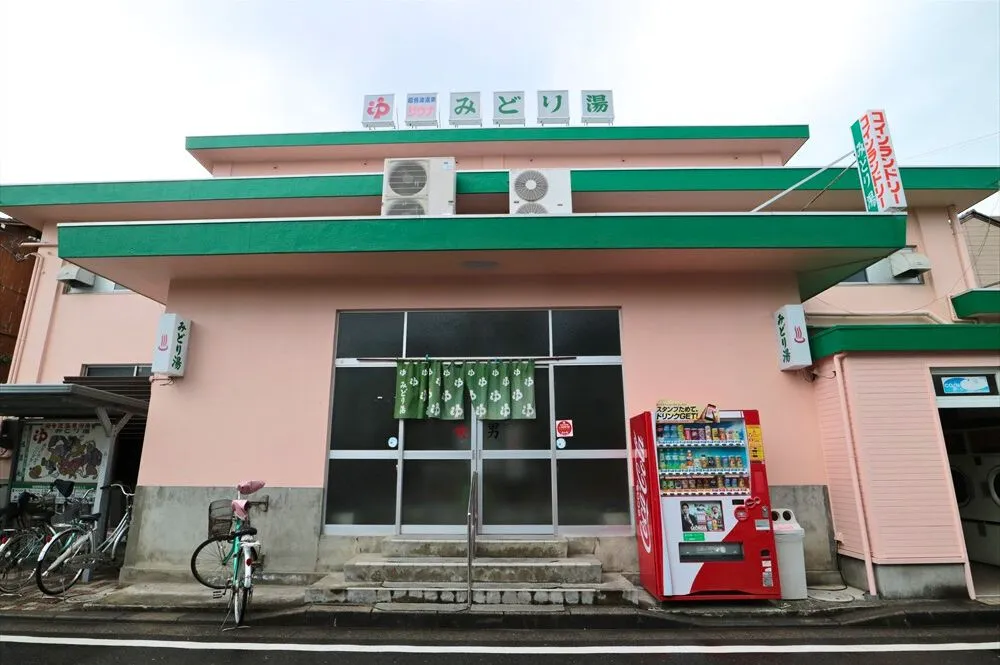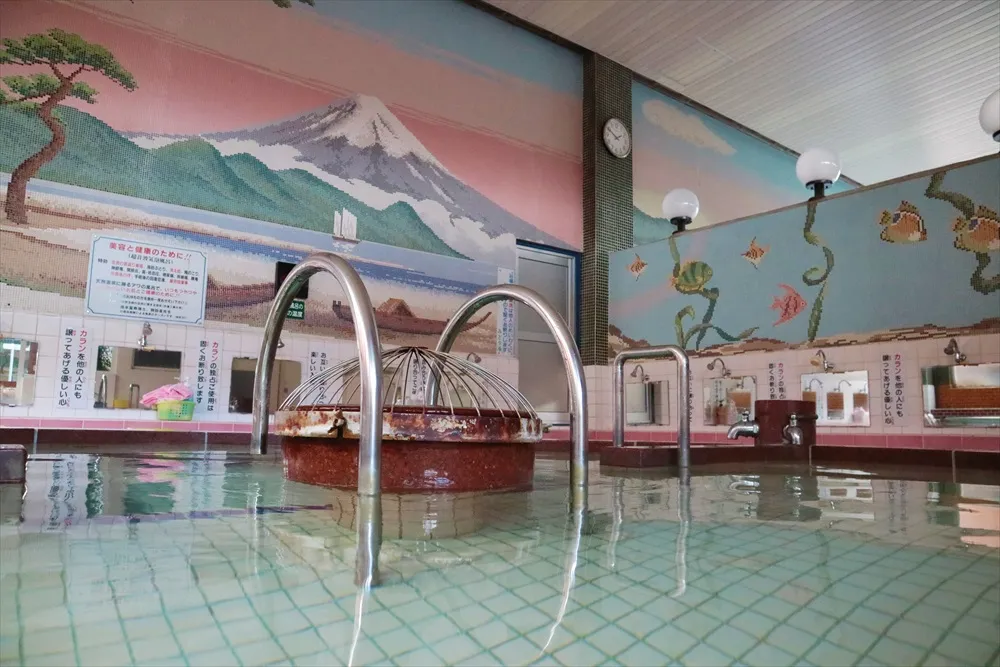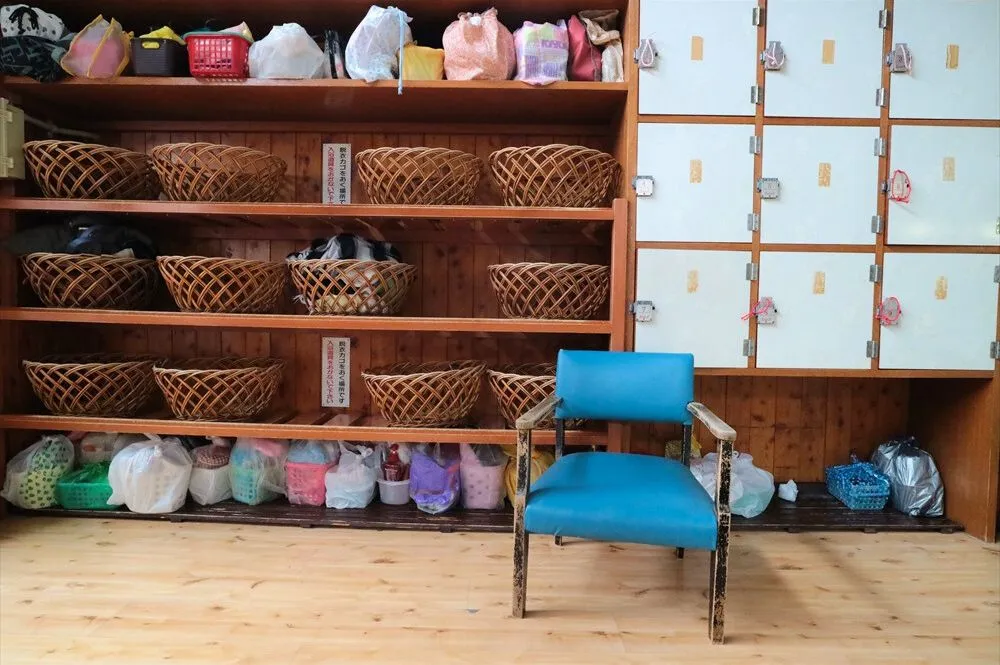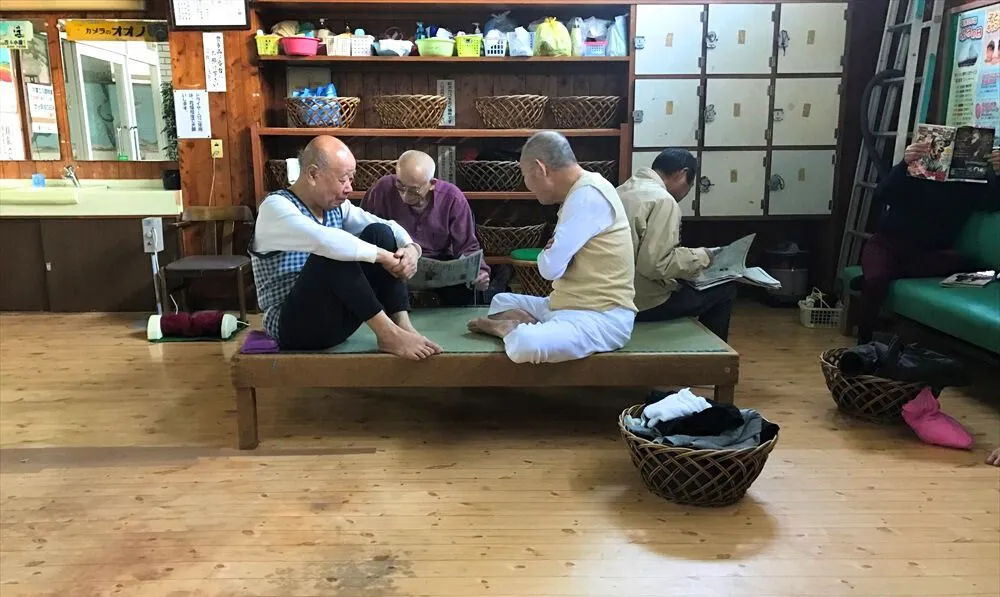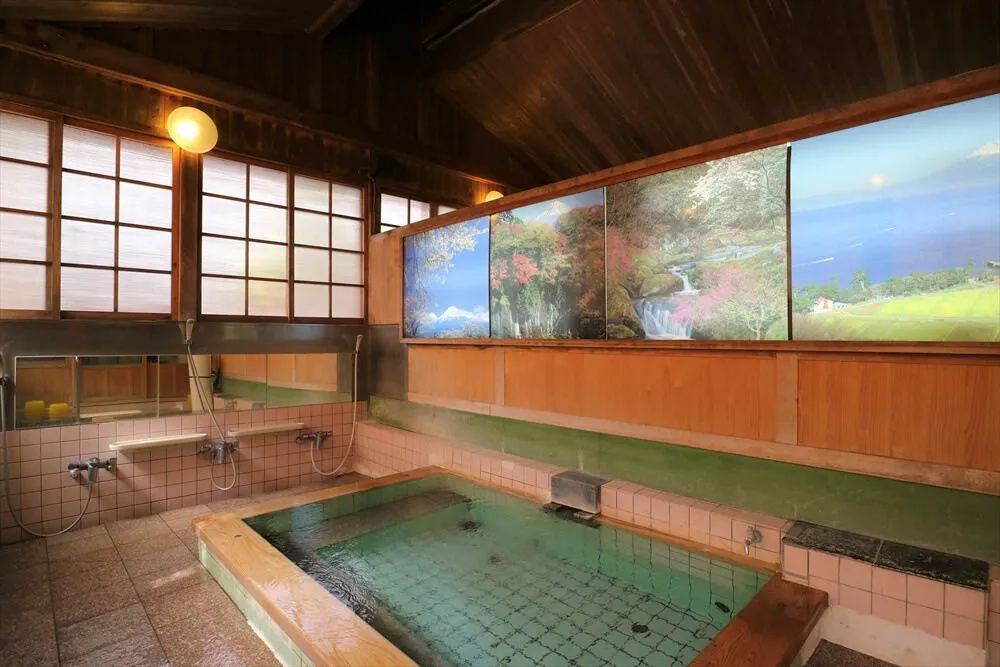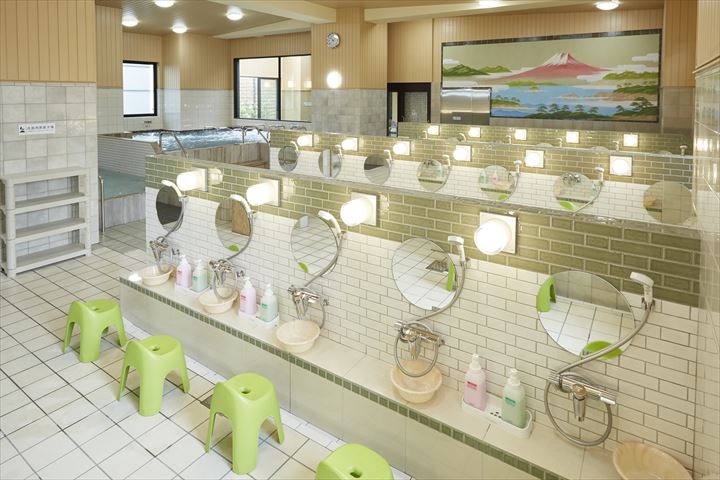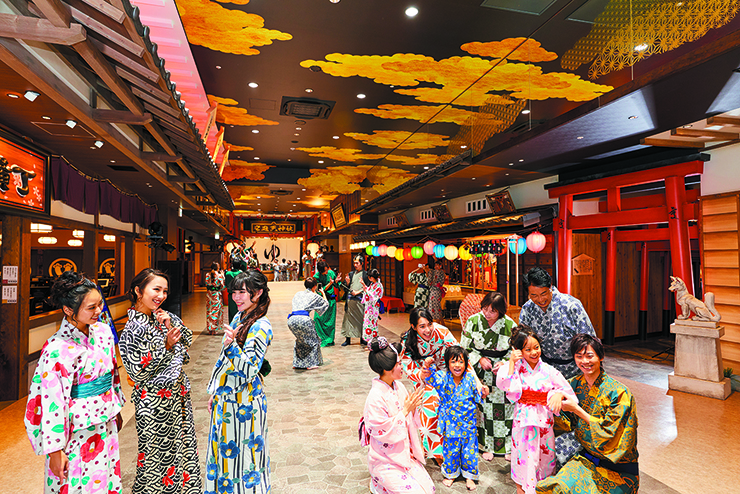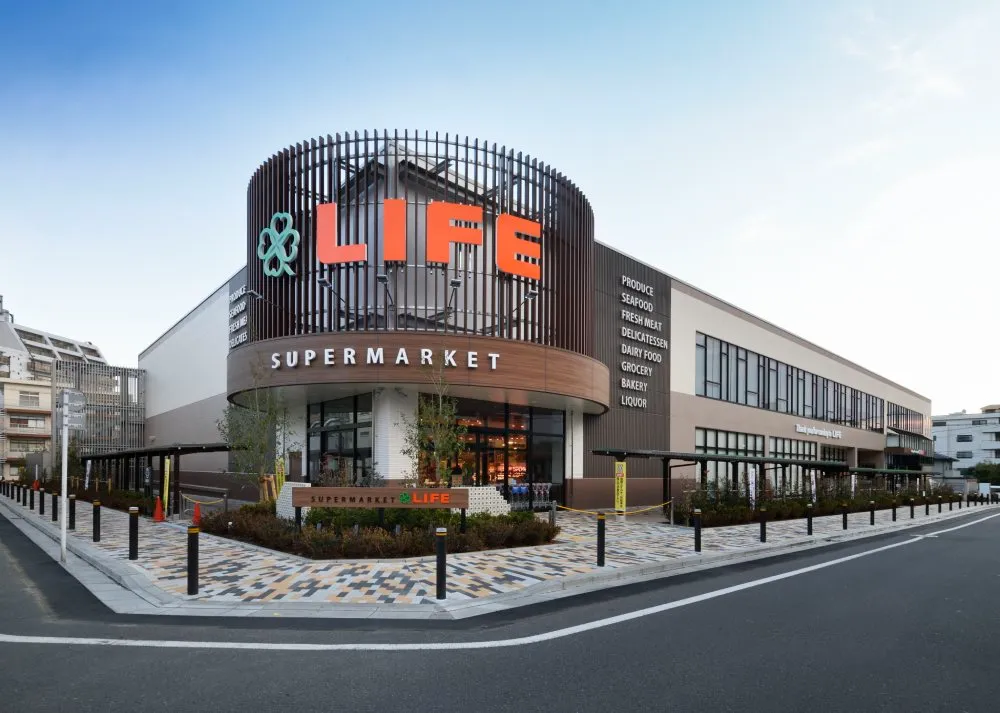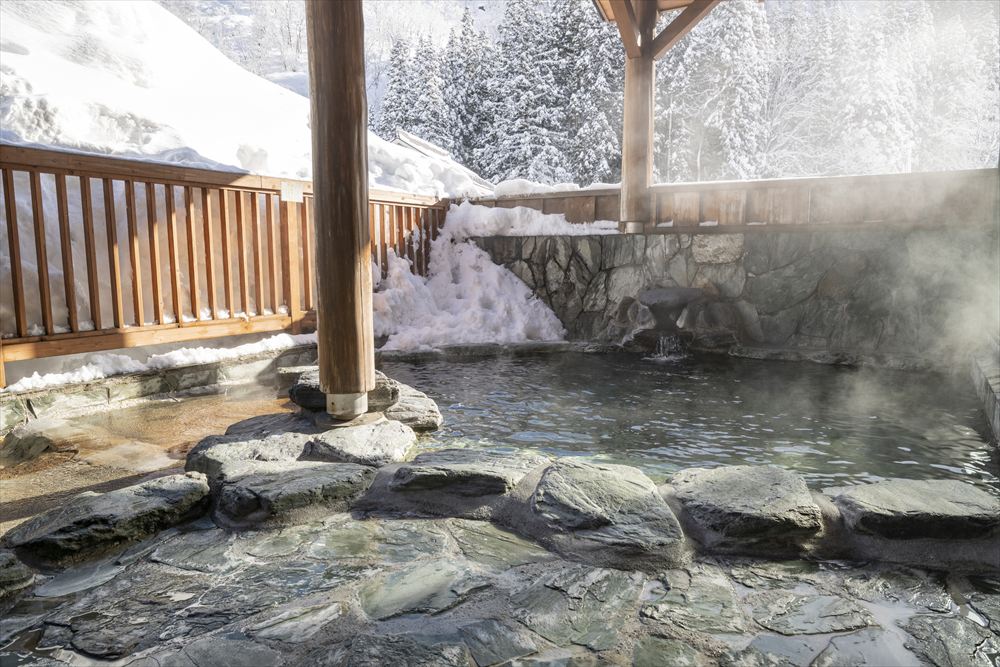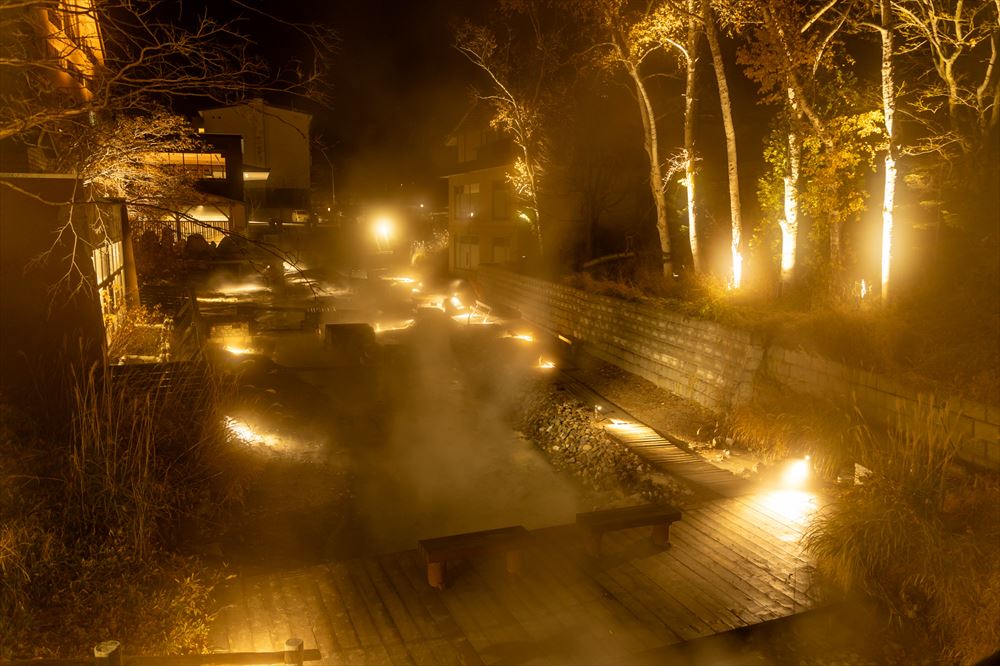I know of no better way to experience and feel the Japanese culture deeply than by visiting local bathhouses called “sento”. It’s a blend of well-being and cultural heritage that stimulates all the senses.. Even after the Second World War, many Japanese people did not have their own baths, so it was common to go to public baths on a daily basis. Nowadays, as most Japanese houses have a bathroom, the use of sento has changed a bit.
Washing the body is just one of the reasons people visit sento these days. Often, they go for the relaxation benefits offered by the various large bathtubs. In addition to improving their health and beauty, some visit sento for its community aspects and sometimes simply because of the aesthetics of the bathhouses. The merits of the sento are felt within the body and the soul. They are like mini spas, with their own history and story that make every bathhouse original and unique.
┃What Exactly is a Sento?
A sento is a public bathhouse, most often run by a family with customs passed down through generations. The word ‘sento’ first appeared in 1401. It is made up of two kanji; the first one, ‘sen’, refers to the money unit. The second kanji, ‘yu’, simply means hot water. So, essentially, you had to pay 1 ‘sen’ to bathe (during the Sengoku era).
Sento flourished during the Edo period (1603-1868), as people were incredibly careful about cleanliness and personal hygiene. During this period, furoshiki (traditional Japanese wrapping cloths) were used not only to carry gifts but also clean clothes and bath belongings. Now, it is not unusual for the third or fourth generation of a family to run the same bathhouse. I even visited a 200-year-old sento that was run by the tenth generation of descendants!
Historically, Tokyo has had the reputation of keeping bath water at a high temperature. During the Edo era, there was no water filtration system, so adding cold water to the bath made it more bearable while overflowing the water, which filtered it naturally. Another reason for the extreme heat was to prevent people from staying in the bath too long, ensuring fair access for all.
These days, the average bath temperature is kept at around 42 degrees Celsius (107.6°F). While it might seem too hot at first, many people find it soothing after a few moments. Some sento still maintain the tradition of extremely hot water, reaching up to 46 degrees Celsius, though it’s not common. Others offer lukewarm or even cold baths.
┃Sento and Onsen
Many people ask about the difference between sento and onsen. While onsen (hot springs) are widely known outside Japan, sento remains a lesser-known concept.
An onsen refers to thermal or mineral water, typically of volcanic or geothermal origin. On the other hand, a sento is a public bathhouse that uses, most of the time, underground water, heated or not according to the area and the type of water. Some may source natural volcanic water such as the sento located in hot spring regions, Oita or Kagoshima in Kyushu for example, can be classified as “onsen sento”.
For instance, I once visited a sento in Oita city where the owner explained that they sourced their water from 750 meters underground to reach the ideal temperature. Maintaining the water’s mineral properties without mixing it with tap water is essential to preserve its health benefits.
In Tokyo, around 45 onsen sento can be found, offering authentic hot spring experiences within the city. Onsen water can also be cold, in which case it is called “reisen” (cold mineral spring).
┃The Different Types of Sento
Sento come in a variety of styles, which I often categorize into three main types:
1. Old-Fashioned Sento
These retro bathhouses evoke nostalgia and often feature large murals depicting Mount Fuji or other scenic landscapes. The traditional designs, wooden lockers, and antique fixtures transport visitors to another era. Some old-fashioned sento proudly display artifacts like vintage posters and old hairdryers, offering a sense of Japanese history and culture.
2. Modernized Sento
Typically renovated during the 1980s or 1990s, these sento feature thematic designs inspired by European aesthetics, pop culture, or artistic trends of the time. Marble walls, stained glass windows, and contemporary mosaics create a luxurious yet familiar atmosphere. Their unique interiors make them fascinating to explore.
3. Designer Sento
These bathhouses are often refurbished by architects, resulting in elegant, modern spaces with minimalist designs. Incorporating elements of traditional Japanese aesthetics, designer sento provide a sleek and refined experience. Some also offer spa-like services, adding to their appeal.
┃The Charms of the Sento
Visiting a sento is a multisensory experience that I like to classify into three categories:
1. Health and Beauty
Regular sento visits offer numerous health benefits. The hot water improves blood circulation, relieves muscle tension, and supports skin health. Many people, myself included, find that frequent bathing enhances their immune system and reduces stress. Stretching in the warm water can further boost flexibility and promote relaxation.
Mentally, the bathhouse serves as a sanctuary—a space to disconnect from the world. Without digital distractions, the sounds of flowing water and echoing tiles create a meditative atmosphere. After a challenging day, I often find solace in the calming embrace of a sento.
2. Community
The communal nature of sento fosters a sense of belonging. Regular visitors often become familiar faces, and conversations flow effortlessly. First-time visitors are usually greeted warmly with a friendly “konnichiwa.”
In many neighborhoods, sento owners look out for their elderly patrons. I know one owner who makes phone calls to check on vulnerable customers during hot summers. If someone doesn’t show up at their usual time, others will often inquire about their well-being.
This genuine care and interconnectedness make sento an essential part of the community. The expression “hadaka no tsukiai” (naked socialization) embodies the honesty and openness that come with sharing a bath together. Free from social pretenses, everyone is equal in the bath.
3. Art
Art is an integral part of the sento experience. From Mount Fuji murals to hand-painted tiles and intricate carvings, each bathhouse tells its own story. Some murals are so iconic that they’ve become cultural landmarks. The art within sento not only beautifies the space but also carries historical and regional significance.
In some cases, local artists collaborate with sento owners to create contemporary murals. This blend of tradition and innovation keeps the artistic heritage of bathhouses alive.
A visit to a sento is more than just a bath—it’s an opportunity to experience Japanese culture, connect with the local community, and embrace moments of tranquility. Each sento has its own character and story, waiting to be discovered.
Whether you seek relaxation, meaningful conversations, or simply an appreciation of beautiful surroundings, a sento offers a rich and authentic cultural experience. So, next time you find yourself in Japan, consider stepping into one of these beloved public bathhouses. You may leave not only refreshed but with a deeper connection to the culture and people of Japan.
┃Bather etiquette and tips:
I usually appreciate visiting a sento in the evening or nighttime to fully relax and feel totally
clean before bed. It helps me to forget about the negative things I went through during the
day, if there were any, but it’s also great to visit sento during the day when you can savor the
natural light makes the moment very special.
Sometimes when it is too cold outside and I can’t keep my body warm, I go there for just 30 minutes. Other times I go simply to have a break from work, during walks, or whatever. Oftentimes I decide to enter a sento on an impulse. To enjoy solo, with friends, or with family.
Sento bathing requires a little familiarity with the rules and rituals.
First, some very good news for foreigners: tattoos are not forbidden at sento. Only a few places prohibit them, but it is not so common. (sento, super sento, and ryokan private bath equipment do not have the same rules, here I only talk about sento).
Recently, several sento have towels, shampoo, body wash, and so on that you can
borrow or purchas
You can bring some bath items like a towel, soap/body wash, shampoo etc. But it’s
not a problem if you go empty -handed (tebura in Japanese). You can rent or purchase everything you need at the front desk for a small fee.
You have to take off your shoes at the entrance of the sento and put them in the shoe
lockers, before paying the bathing fee at the front desk. Bathhouses in Tokyo all
have the unique price of 480 yen (use of the sauna requires an extra fee).
You will need to remove your clothes in the changing room before entering the bathing
area. Take your small towel with you to dry yourself before going back to the
changing room after your bath, in order to keep the changing room clean and avoid
making the floor slippery.
It is good to tie up your hair if it’s long.
Carefully wash yourself in the shower space before entering the bath and Please be
courteous of other bathers when washing up please rinse any soap, shampoo, or conditioner from the floor.
Even if a handheld showerhead is provided, please sit down to wash up.
(Note: some sento will only have faucets rather than showeheads.)
Never put your small towel into the bath.
If you use the sauna, rinse your body in the shower space before entering the bath
again. Do not enter the tub sweaty.
Do not hesitate to talk with people! The public bath is a space to share. People are very nice, and you can easily communicate (even with some gestures if you can’t speak Japanese).

